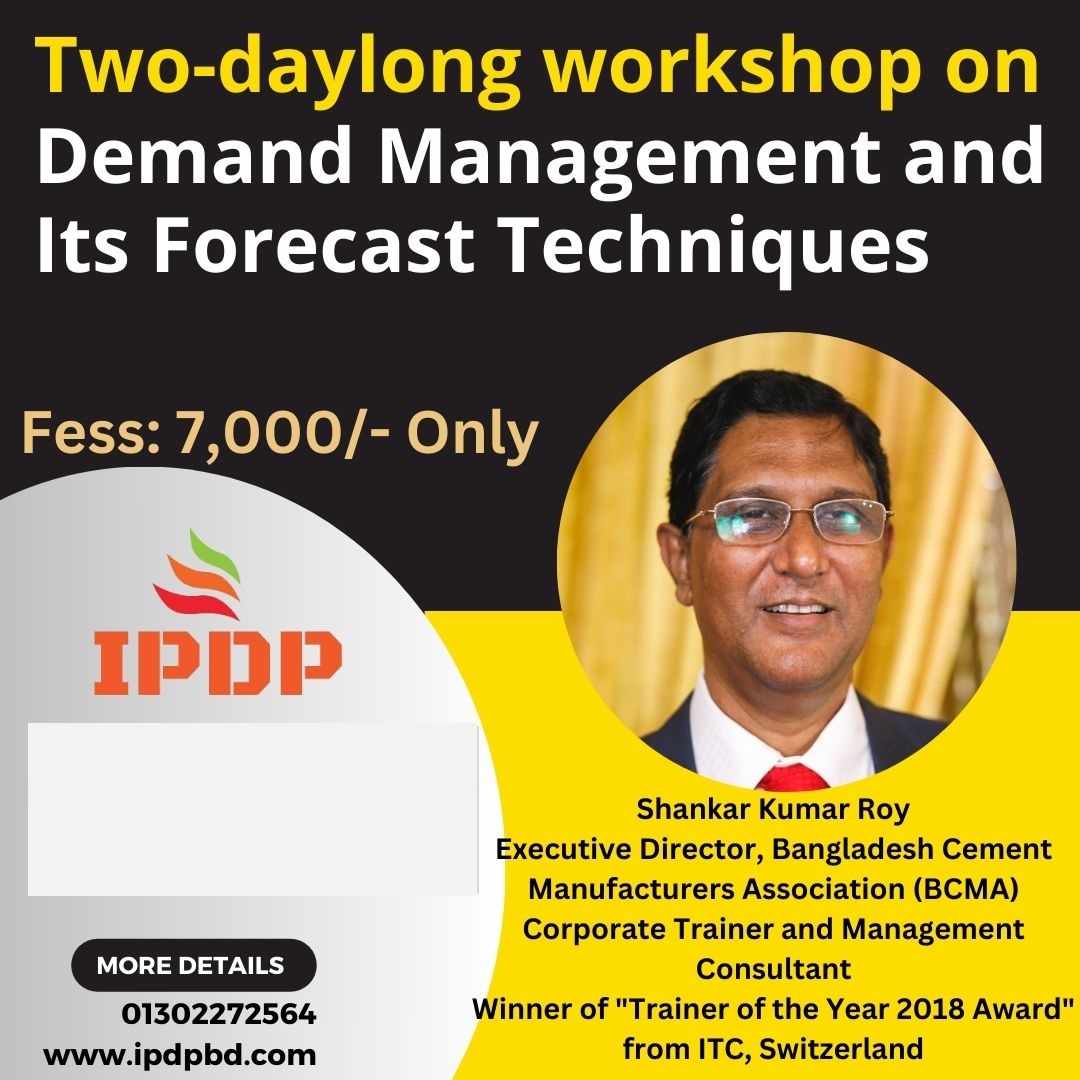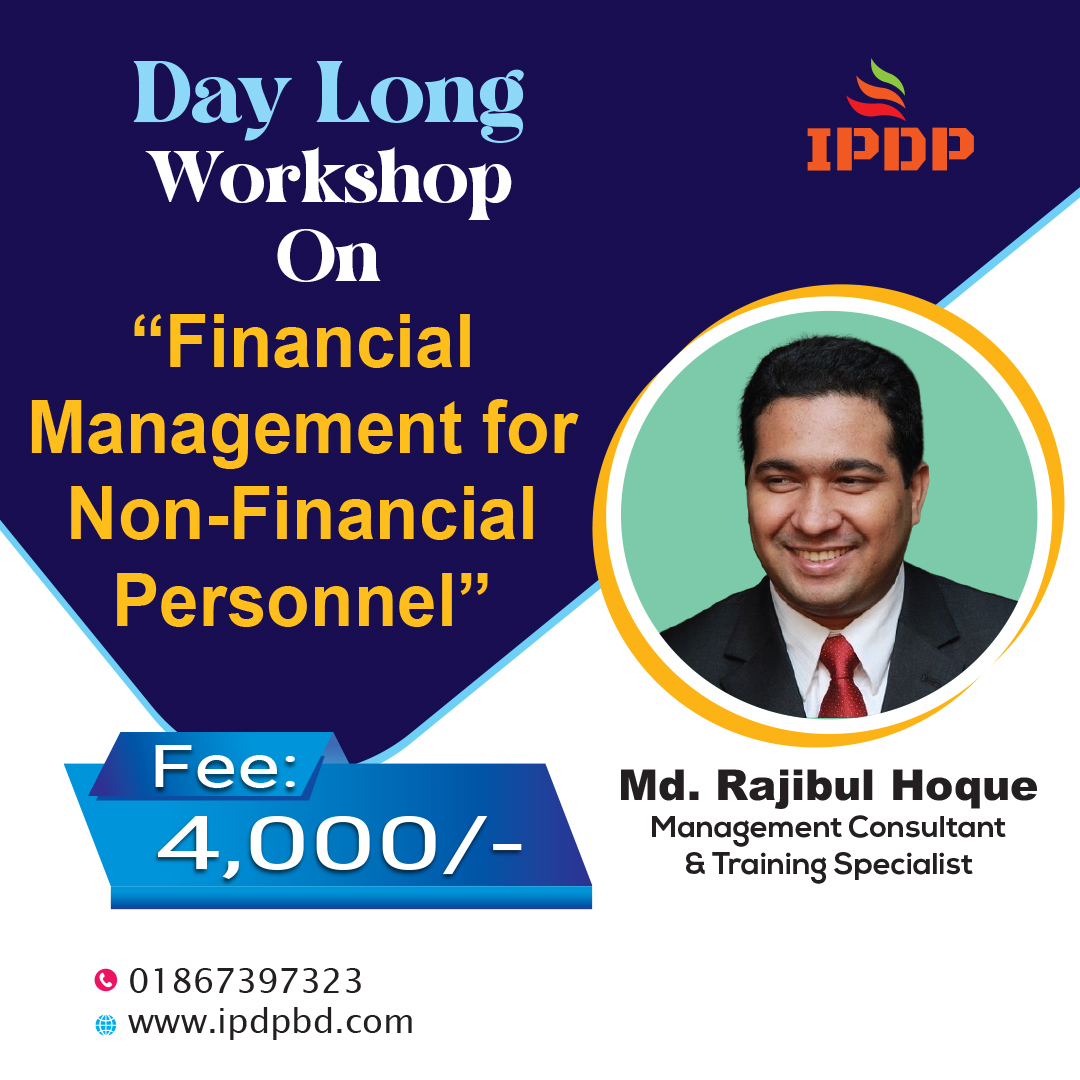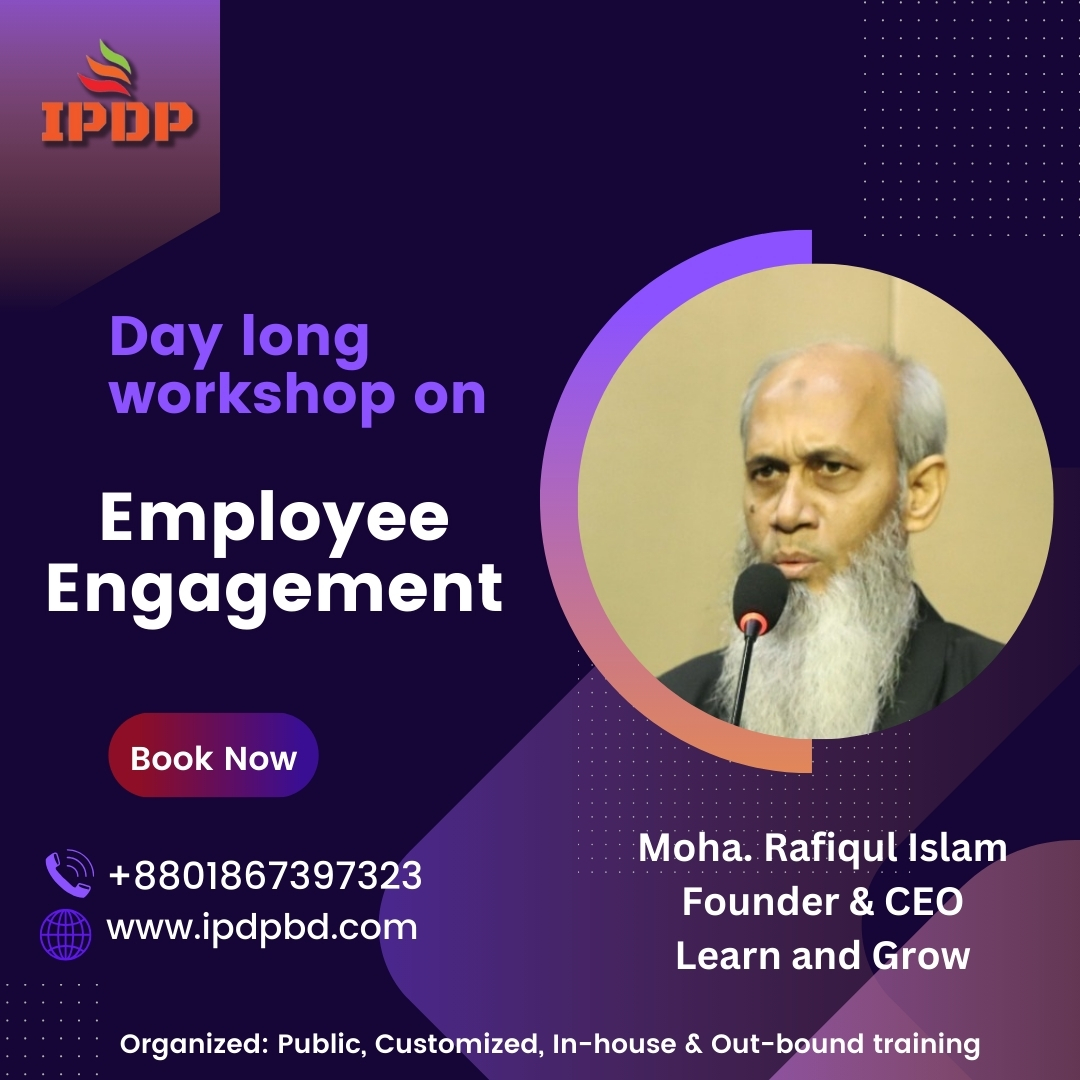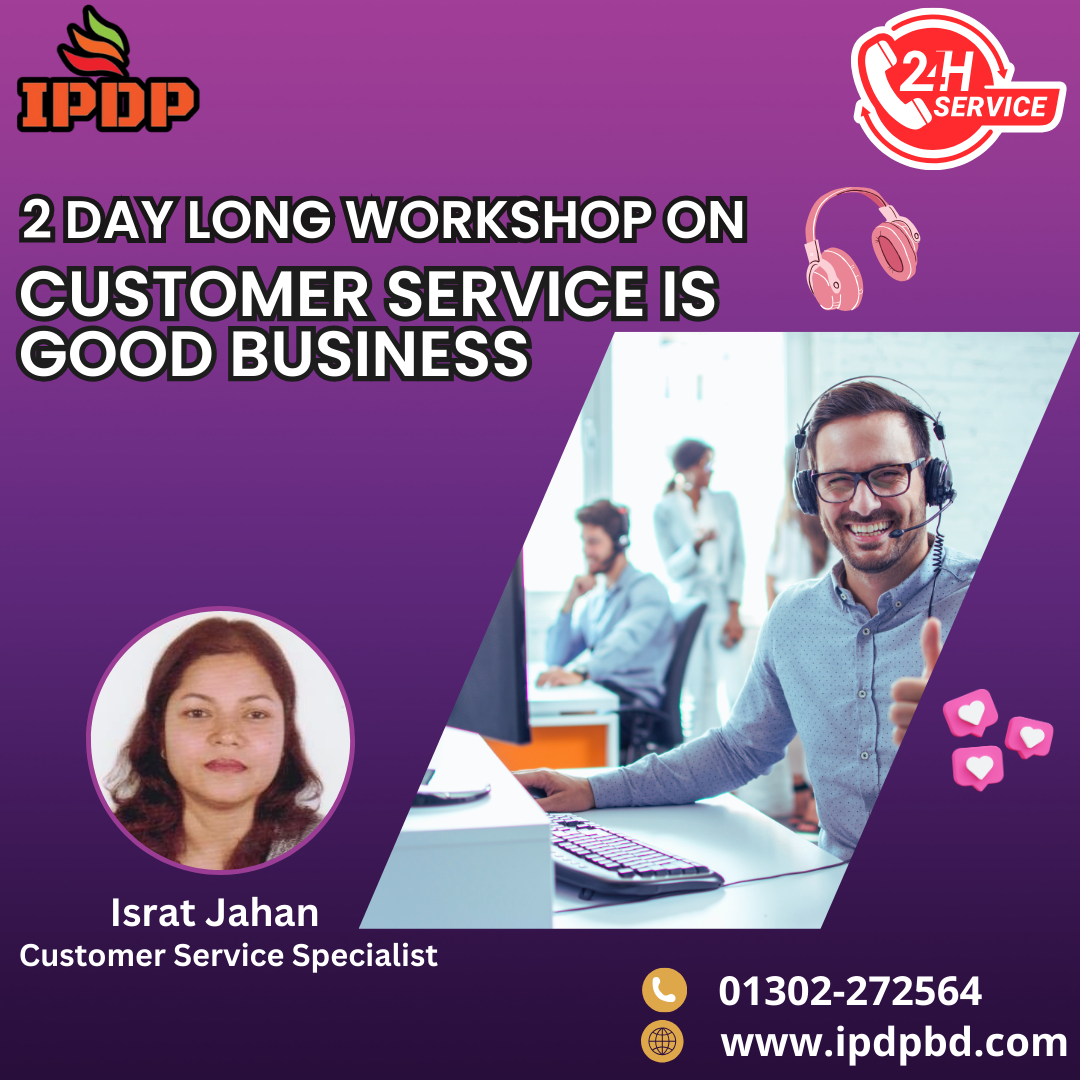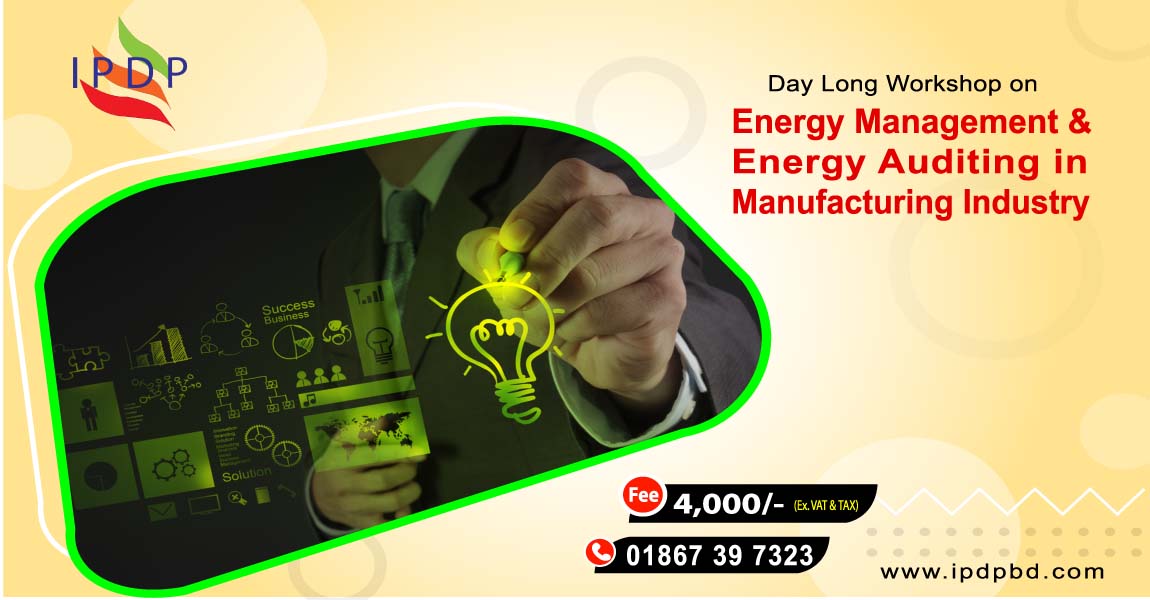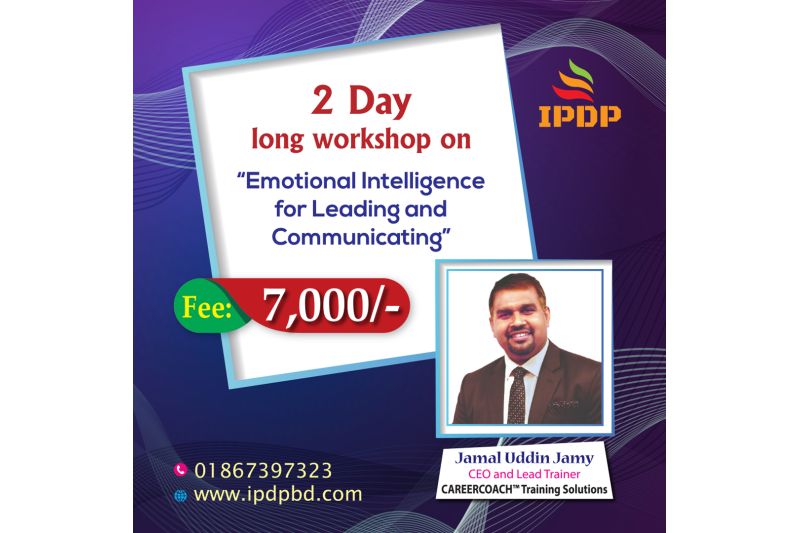Overview of workshop:
Demand management is one of the critical business processes for boosting revenues. Today, a large number of companies are focusing on developing the tools for this management. Two very important factors, namely customer retention, and company financial performance, largely depend on its management. As a result, the need to adhere to demand management best practices for improving the overall performance of the business for the end-to-end supply chain has increased.
It also provides a solution for all the functions that are affected by the demand management process. But before digging deeper and explaining how to improve your demand management processes, let’s understand the concept of demand management. You can grab this opportunity to understand by attending training, workshops, etc.
In other words, demand forecasting in the supply chain is a process used by organizations to determine potential future requirements of customers. Forecasting means the process of predicting a future event based on historical data. Forecasting figures are usually determined by analyzing historical sales data and trends, being aware of market variations such as new trends, seasonal variations and new products that are brought into the market by potential competitors, all of which can impact consumer demand. For forecasting demand, the inputs are taken from sales and marketing, finance, and production. The final demand forecast is the consensus of all participating managers.
An important issue in forecasting is choosing the most appropriate techniques. Examples of qualitative techniques include expert opinion, market surveys and Delphi method. Quantitative approaches include time series modelling and rely on ‘hard’ information that eliminates most personal bias attributed to qualitative techniques. Virtually every business is based on forecasting. Not all of them are derived from sophisticated methods. However, “Best” educated guesses about the future are more valuable for the purpose of Planning than no forecasts and, hence, no planning.
Please learn relevant elements of “Demand Management and Its Forecast Techniques” and contribute to the organization you work for or own.
Contents of workshop:
DAY–1
========
- Introduction to program & learning objective
- Demand Management: Definitions and Key Concepts
- Demand Management in Supply Chain Management
- Benefits of Demand Management
- Demand Management Questions
- Types of Demand
- Factors Affecting Demand and Supply
- Demand Patterns/Characteristics
- Demand Forecasting: Key Concepts
- Demand Forecasting Examples and Its Importance
- Methods/Ways/Techniques of Demand Forecasting
- Quantitative Analysis and Various Forecasting Techniques
- “Moving Straight Averages” Technique
- “Moving Weighted Averages” Technique
- “Moving Exponentially Weighted” Techniques
- Impact of Seasonality in Forecasting Demand
- Demand Forecasting- Simple and Multiple Linear Regression
- Demand Forecasting Process: 3 Phases
- Bill of Materials (BOM)
- Questions & Answers Session
- Learning check
- Wrap up of the day
DAY–2
========
- Material Requirement Planning (MRP)
- Distribution Recourse Planning-Time Bucket Matrix
- All Forecast Techniques in One Table
- Three Phases in the Forecasting Cycle Process
- Make-to-Stock, Make-to-Order, Assembled-to-Order
- Aggregate Planning and Master Production Schedule
- Strategy to Meet Demand: Level, Chase, Mix and Price
- Strategy in Respect of Demand and Capacity
- Supply Chain Management (SCM): Bullwhip Effect
- Causes of Bullwhip Effect
- How to Cope Up with Bullwhip Effect
- SCM Uncertainty Framework
- Sales and Operation Planning (S&OP)
- S&OP- Step by Step Process
- S&OP- Data Gathering
- Inventory Management- Key Concept
- Inventory Replenishing System
- Calculation of Safety Stock
- Case study
- Question-answer session
- Learning Check
- Wrap up of the Session
————————————————–
- Group Discussion
- Question & Answers Session
- List of related book reference
- Certificate Distribution
Methodology:
Interactive discussion, Brain Storming, Exercise, PowerPoint presentation, Question and Answer session, Debate and Role play.
Note: Seats are limited and will be filled-in on first come first serve basis. Please find the attached file for Registration Form.
